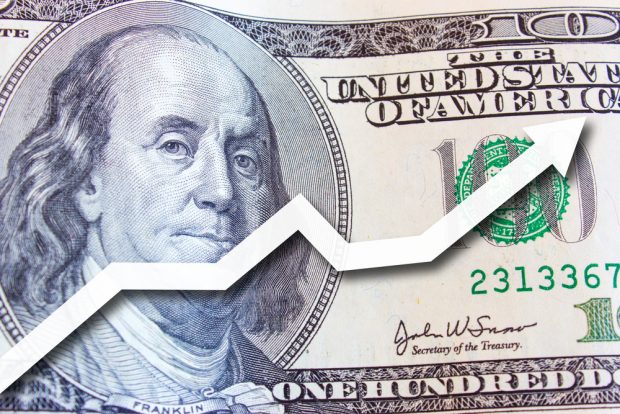
What credit unions lacked in size they made up for in speed compared with banks in 2017.
Credit unions lending rose at a faster pace in most sectors than banks last year, according to data released this week by the FDIC and CUNA Mutual Group.
CUNA Mutual's monthly trends report showed credit unions held $984.8 billion in total loans at Dec. 31, up 10.7% from a year earlier and a growth rate more than four times faster than community banks, and twice as fast as banks as a whole.
Credit union assets rose 6.3% to $1.4 trillion due to a 6.3% increase in deposits, a 3% drop in borrowings and a 7.7% increase in capital.
With loan balances growing faster than assets, the loan-to-asset ratio ended 2017 at 70.4%, up from 67.5% a year earlier. The fast loan growth also helped loan delinquency rates fall to 0.79% in December, down from 0.83% a year earlier, according to CUNA Mutual.
The FDIC's Quarterly Banking Profile showed loans at the nation's 5,670 banks and savings institutions rose 4.5% to $9.7 trillion, while assets grew 3.8% to $17.4 trillion. Loans at the nation's 5,227 community banks rose 2.4% to $1.5 trillion, and their assets grew 0.8% to $2.2 trillion.
Credit unions had faster growth in three major sectors:
- Credit cards at credit unions grew 8.3% to $58 billion. At community banks they fell 7.9% to $2 billion, while growing 8.2% to $865.1 billion among all banks.
- Total car loans at credit unions grew 12.8% to $342.8 billion in 2017. At banks they grew 1.8% to $450 billion.
- Total real estate loans at credit unions grew 9.3% to $480.9 billion. At community banks they rose 2.9% to $1.2 trillion, while growing 3.7% to $4.8 trillion among all banks. At credit unions, first-lien mortgages grew 9.9% to $397.1 billion, while second-lien mortgages grew 6.7% to $83.8 billion.
Much of credit unions' overall growth in 2017 came from auto loans, which grew faster than most other parts of portfolios.
Real estate's share of total loans fell 62 basis points to 48.8% by Dec. 31, while total car loans grew 66 basis points to 34.8%.
New car loans grew 14.3% to $135.7 billion, while used car loans grew 11.9% to $207.1 billion.
Gains among credit unions in new car sales came as overall unit sales of cars and light trucks fell 1.8%. U.S. dealers sold 17.3 million vehicles last year, below the record high set in 2016 at 17.5 million units. After last year's drop in unit sales, sales for January through February are down 0.7%.
“Expect auto sales to slow to 17.1 million units in 2018, which is still above the 16.5 million sales rate that economists believe is the inherent long run demand,” the trends report said. “Factors supporting auto sales include: ample access to credit, low debt burdens, strong job growth, growing hourly earnings, rising stock prices and rising home prices.”
Also encouraging is low debt burdens. Household debt was 102% of disposable income in 2017's third quarter, the lowest rate since the first quarter of 2002, according to the Federal Reserve's Flow of Funds report. “This improvement in household debt should help the economy avoid a recession for the next couple of years,” the CUNA Mutual report said.
© Touchpoint Markets, All Rights Reserved. Request academic re-use from www.copyright.com. All other uses, submit a request to [email protected]. For more inforrmation visit Asset & Logo Licensing.







